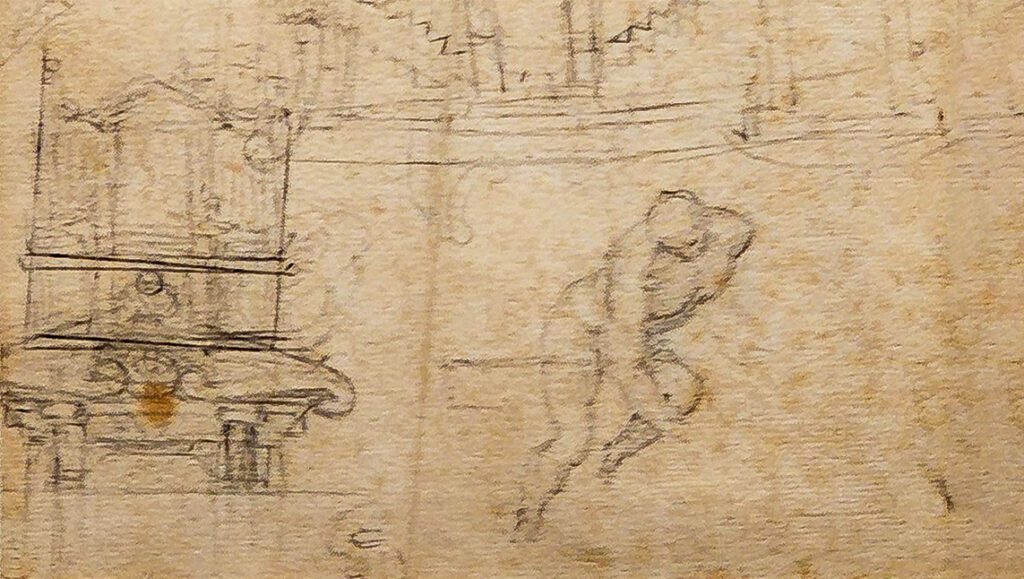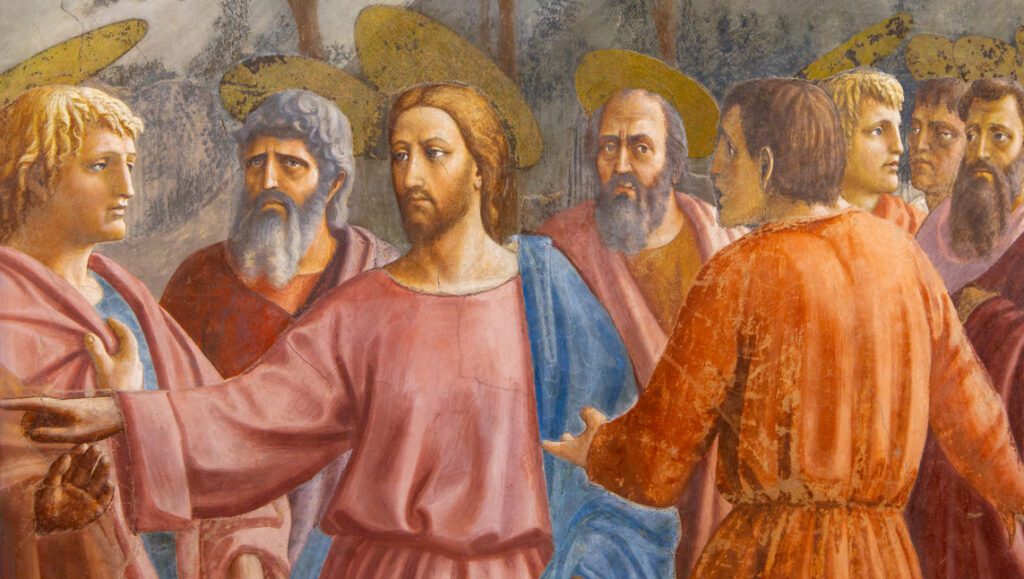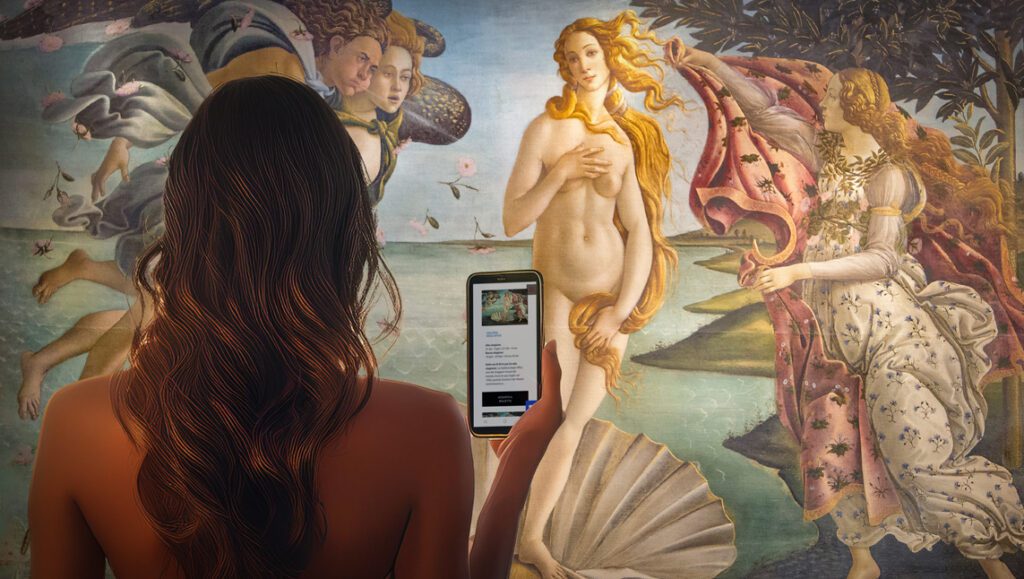
A Renaissance treasure trove in the core of Siena
The church of the Madonna delle Nevi is a small Renaissance treasure trove to be discovered in Siena. In the visit to the historic centre of the town it is rarely possible to find a small treasure trove of Renaissance art in the middle of the Gothic architecture for which the town is famous. Going along Via Montanini is the little church of the Madonna delle Nevi (The snow’s Virgin Mary). Built by Bishop Giovanni Chinugi, the first bishop of the new diocese of Pienza, established by his fraternal friend Pio II, the church stands on the ancient route of the Via Francigena, and was finished in 1477.
A Renaissance architecture
The church shows itself “in a small temple” and follows a style that was fashionable in the second half of the fifteenth century in Siena. The author of the church is not known exactly, but the name of Francesco di Giorgio Martini, architect, painter and great architectural theorist is often mentioned.

Madonna delle Nevi, Matteo di Giovanni, 1477, S.Maria delle Nevi Church, Siena
In the simplicity of the interior, one of the masterpieces of Sienese painting of the fifteenth century is preserved on the only altar of the church: the Madonna delle Nevi, painted in 1477 by Matteo di Giovanni. Since Giovanni Chinugi, commissioner of Madonna delle Nevi Church, was a Pius II’s close friend, it cannot be excluded that it was the pontiff himself who recommended the painter’s name to the bishop of Pienza, beside to take into account that Matteo already worked for the Pientina Cathedral for the painting of two altarpieces. Matteo di Giovanni was an artist who showed himself particularly sensitive to Renaissance novelties, as can be deduced from the attention to the perspective rendering of the floor and the throne in this altarpiece. The work represents the Virgin among St. Peter, Giovani Evangelista, Lorenzo and Santa Caterina da Siena.
Above the Virgin’s throne, two angels hold two snowballs, an allusion to the title with which the Madonna is honored on August 5, when Catholic Church celebrates the snow miracle that occurred in Rome in 352 A.D. According to the tradition, the Basilica di Santa Maria Maggiore‘s building retraced the snow signs left by the Virgin on the floor. Matteo di Giovanni’s painting stands as one of the most delicate compositions of the artist who, with the masterly use of the gold leaf in the haloes and in the Virgin’s robe, managed to give a calm luminosity to the whole composition.
For conservative reasons, the building is not always open. But if you happen to find it open, the Madonna delle Nevi Church is a small Renaissance treasure trove to be discovered in Siena ⟢



